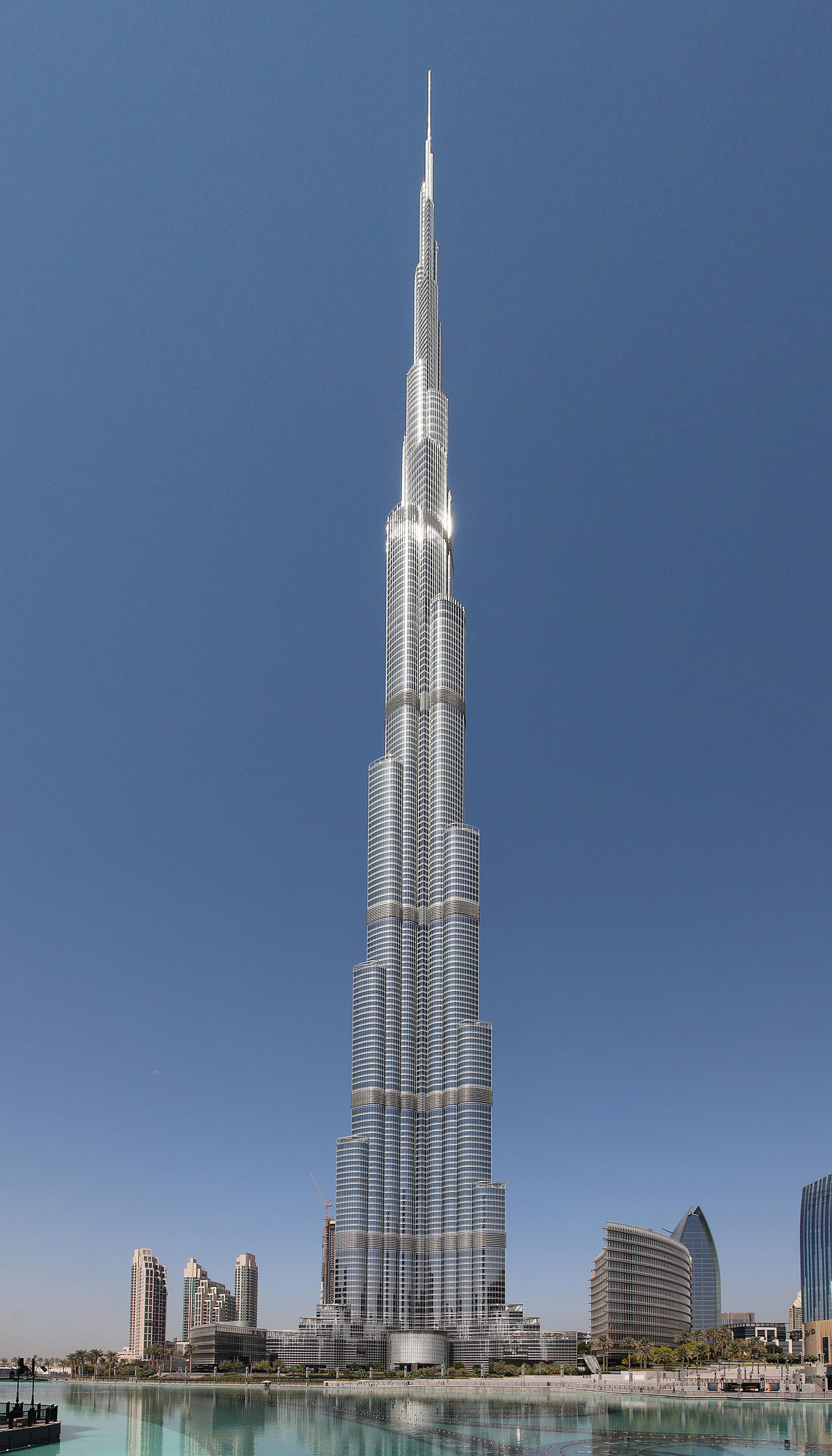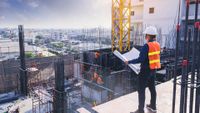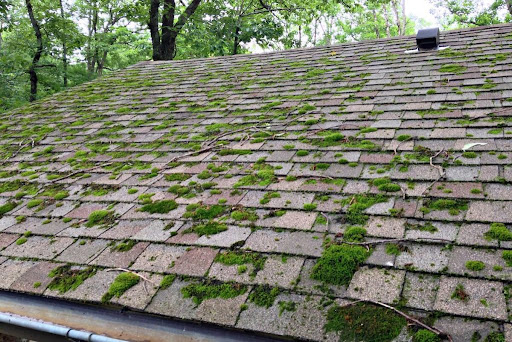
The Tallest Building in the World Burj Khalifa
The Burj Khalifa in Dubai, United Arab Emirates, stands as the tallest building in the world, a marvel of modern engineering and architectural design. Rising to a staggering height of 828 meters (2,717 feet), the Burj Khalifa has become an iconic symbol of Dubai's rapid growth and ambition. This article explores the reasons behind constructing such a towering structure, the challenges faced during its development, and its impact on the world.
Why Build So Tall?
The decision to build the Burj Khalifa as the tallest building in the world was driven by several factors. Firstly, it was part of Dubai's broader strategy to diversify its economy beyond oil and establish itself as a global hub for tourism, commerce, and luxury living. A landmark like the Burj Khalifa helps attract international attention, investment, and visitors, thereby boosting the local economy.
Secondly, the building was envisioned as a statement of human achievement and innovation. Emaar Properties, the developer behind the Burj Khalifa, aimed to push the boundaries of engineering and architecture, demonstrating what is possible with modern technology and expertise. The tower symbolizes Dubai's futuristic vision and its ability to accomplish feats that were once thought impossible.
Thirdly, the Burj Khalifa was designed to provide a high-density urban environment in a compact vertical footprint. As cities around the world face challenges of overpopulation and limited space, vertical construction offers a solution to accommodate growing populations without expanding horizontally. The Burj Khalifa includes residential, commercial, and hospitality spaces, maximizing the use of its vertical dimensions.
Constructing the tallest building in the world presented numerous technical and logistical challenges that required innovative solutions and meticulous planning.
Structural Integrity and Design
One of the primary challenges was ensuring the structural integrity of a building of such unprecedented height. The Burj Khalifa's design, inspired by the Hymenocallis flower, features a Y-shaped tripartite floor geometry that provides stability and reduces wind forces on the structure. The building tapers as it rises, with setbacks at various levels, which helps to reduce the wind load. Advanced materials and construction techniques, including high-performance concrete, were used to achieve the necessary strength and durability.
Wind and Climate
Dubai's climate posed additional challenges, with high temperatures, strong winds, and sandstorms. Engineers had to design the building to withstand extreme wind conditions, particularly at higher altitudes. Wind tunnel testing and computational fluid dynamics simulations were conducted to optimize the building's aerodynamics and minimize sway. The exterior cladding and insulation materials were also chosen to withstand the harsh desert climate and maintain energy efficiency.
Construction Logistics
Logistics was a major challenge, given the scale and complexity of the project. Coordinating the construction of the Burj Khalifa required meticulous planning and efficient management of resources. The project involved more than 12,000 workers at its peak, and ensuring their safety and productivity was paramount. The vertical transportation of materials and workers to higher floors was facilitated by advanced crane systems and high-speed construction elevators.
Water and Energy Supply
Providing adequate water and energy supply to a building of such height was another significant challenge. The Burj Khalifa uses a condensate collection system that captures and recycles water from the building's air conditioning system, reducing the demand for external water sources. Energy efficiency was also a priority, with the building incorporating sustainable design features such as solar panels and energy-efficient lighting.
The completion of the Burj Khalifa in 2010 marked a milestone in architectural and engineering history. It has since become a global icon and a major tourist attraction, drawing millions of visitors annually. The tower has set new standards for skyscraper design and construction, inspiring future projects around the world.
Beyond its architectural significance, the Burj Khalifa has had a profound economic and social impact on Dubai. It has helped to solidify the city's reputation as a leading destination for luxury tourism and business. The tower's surrounding area, Downtown Dubai, has become a vibrant district with shopping malls, hotels, restaurants, and cultural attractions, contributing to the city's economic diversification.
The Burj Khalifa stands as a testament to human ingenuity, ambition, and the pursuit of excellence. The challenges faced during its construction were met with innovative solutions and advanced engineering techniques, resulting in a structure that not only breaks records but also sets new benchmarks for future developments. As the tallest building in the world, the Burj Khalifa continues to inspire awe and admiration, symbolizing the limitless possibilities of human achievement.




